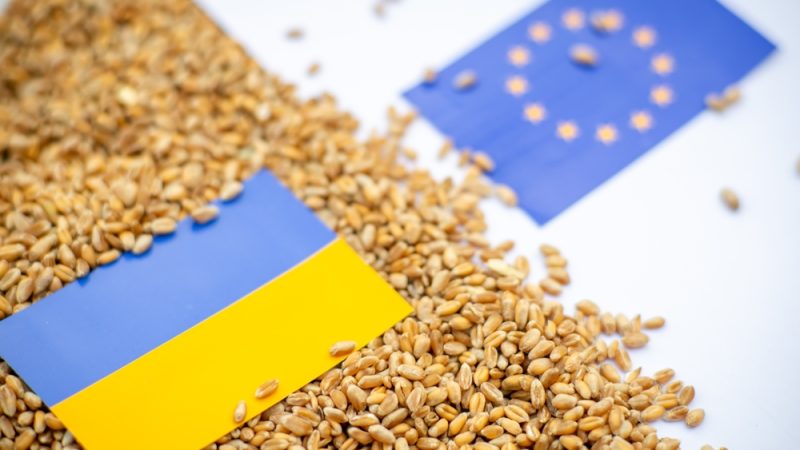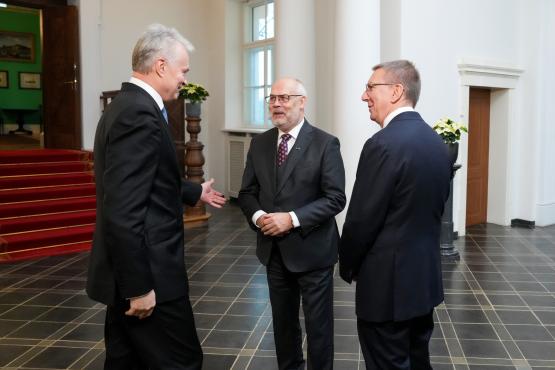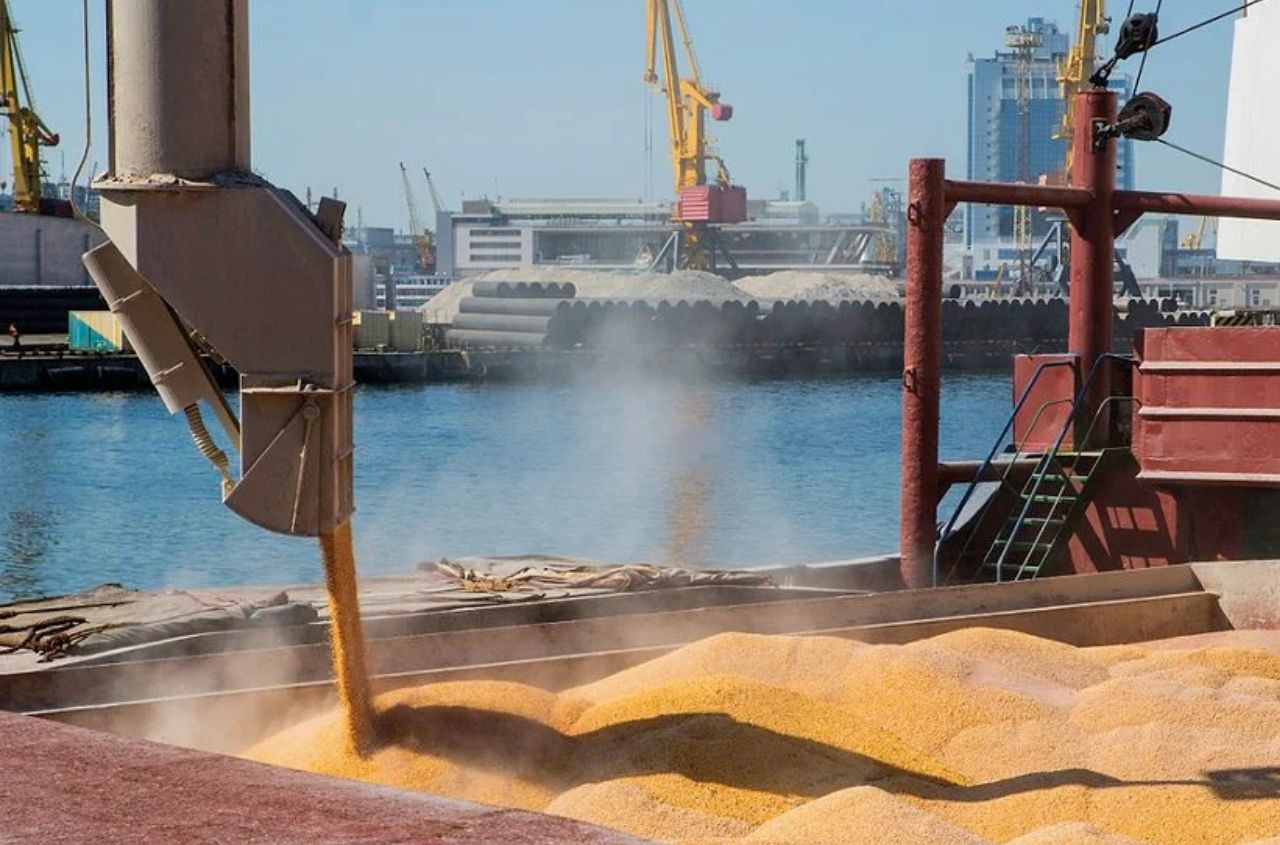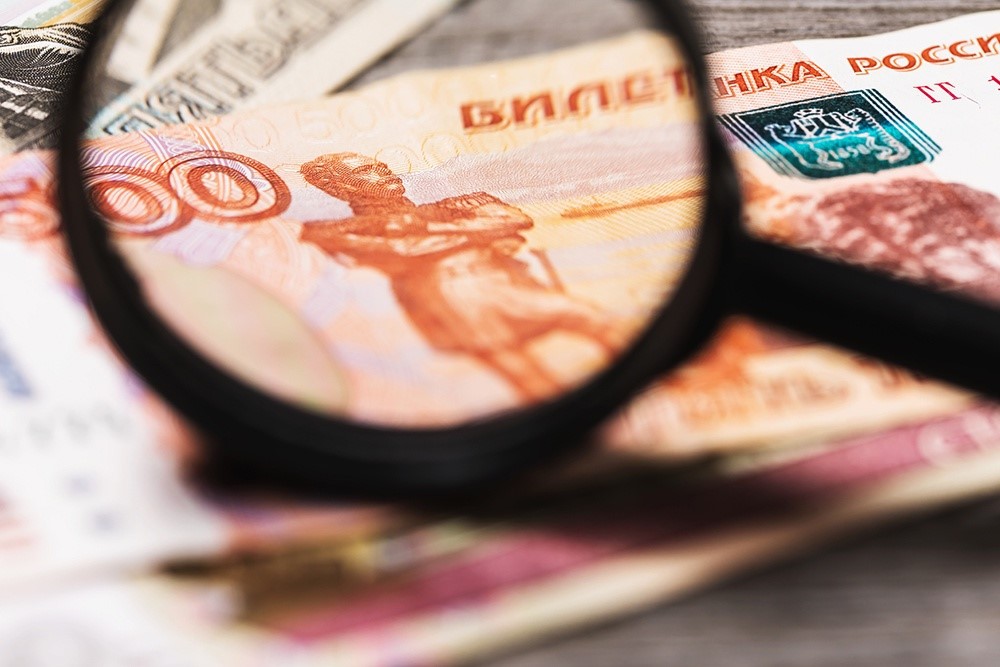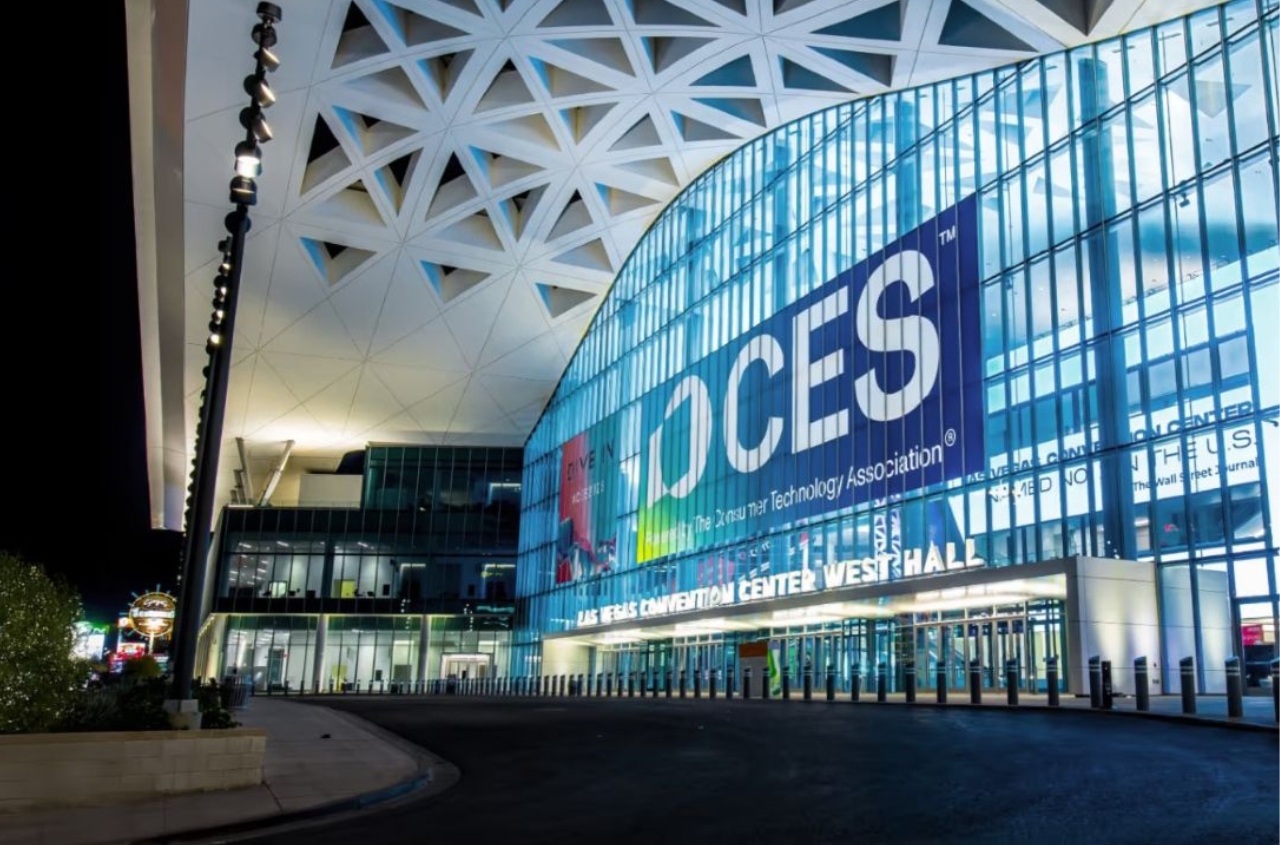The new trade agreement between Ukraine and the EU improves market access for Ukrainian products compared to the old quotas, but it does not fully compensate for the conditions Ukraine benefited from under the Autonomous Trade Measures (ATMs).
These findings were presented by Veronika Movchan, Scientific Director and Head of the Center for Economic Research, during an online discussion, according to the press service of the Ukrainian Agribusiness Club.
She noted that the study compared three regimes: the old FTA quotas (PVZST), the ATMs of 2022–2025, and the new tariff quotas agreed in October 2025.
“Under the updated agreement, four quotas were removed and 26 were expanded — including honey, sugar, barley groats, and bran. If these opportunities are fully utilized, duty-free exports could increase by about $630 million per year, representing a 35% improvement compared to the previous quota system,” the expert explained.
However, compared to the liberal trade regime under the ATMs, the return to tariff quotas significantly restricts market access for several key products, she added. Estimated export reductions to the EU amount to about $1.1 billion annually, of which around $900 million comes from wheat. Other affected goods include barley, poultry meat, eggs, sugar, honey, and apple juice.
Modeling shows that Ukrainian producers can partially redirect exports to third-country markets to offset some losses. However, due to higher transport costs and less favorable prices, only about three-quarters of the reduction relative to the EU can realistically be compensated. This leaves an annual shortfall of around $250 million, or 0.6% of Ukraine’s total exports in 2024.
“These results highlight the need for a planned, evidence-based dialogue between Ukraine and the European Union. While the new tariff quotas are a step forward compared to the pre-war regime, they are still insufficient to fully restore EU market access. Further cooperation in logistics, trade facilitation, and market standards harmonization will be key to supporting Ukraine’s agricultural export potential and deepening economic integration,” concluded Veronika Movchan.









